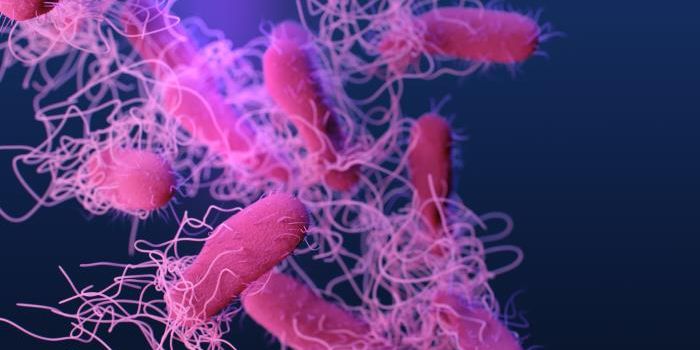An Unprecedented Look at G Protein Coupled Receptors
Molecules can act as messengers in our body, spreading signals to cells when they link up with receptors to initiate some effect. One common example of this system is the G protein-coupled receptor (GPCR) group. GPCRs have many important roles in cell function and have become attractive drug targets for a lot of different diseases like asthma, Parkinson’s, and hypertension. It is estimated that at least a third and up to half of all drugs that are currently prescribed are acting on these receptors. Reporting in the journal Nature, scientists have gotten an unprecedented look at GPCRs (which are explained in detail in the following video).
For a long time, scientists have wanted to know where on the cell membrane and how GPCRs interact with their associated G proteins. Some hypotheses have been put forth although none were ever confirmed. Now, researchers from the Universities of Würzburg, Birmingham, and Wroclaw have collaborated to make direct observations of the initial contacts between these proteins and their receptors. They were able to visualize the process on the surface of live cells.
"We were able to show that receptors and G proteins preferentially meet at special sites on the cell membrane, which we call hot spots,” explained the senior author of the work, Professor Davide Calebiro. He works at the Institute of Pharmacology and Toxicology, the Bio-Imaging Center of the University of Würzburg and the Center of Membrane Proteins and Receptors of the Universities of Birmingham and Nottingham.
For this work, the investigators utilized powerful, single-molecule microscopy. They found that the association between the receptor and the protein happens for only a brief period; most of the interactions were over after one second. Additionally, the scientists determined that the cytoskeleton plays some role in the creation of the so-called hot spots, a previously unknown phenomenon.
The researchers suggested that these hot spots may be increasing the efficiency and speed of G protein activation, while also keeping the signals local. They expect that advances in imaging technology will further illuminate our understanding of these events. They are hopeful that new work will help develop better therapeutics for diseases that are associated with GPCRs.
"Currently used drugs can only either activate or block the receptors," noted Calebiro. Regulating the interaction between the receptor and protein more precisely could be highly beneficial, as could influencing the hot spots.
Check out a video by Calebiro from the research, above, showing “simultaneous visualization and tracking of individual receptors (green) and G proteins (magenta) at the surface of a living cell. The receptors and G proteins undergo transient interactions, which occur preferentially at “hot spots” on the cell membrane.”
Sources: AAAS/Eurkealert! Via University of Wurzburg, Nature








